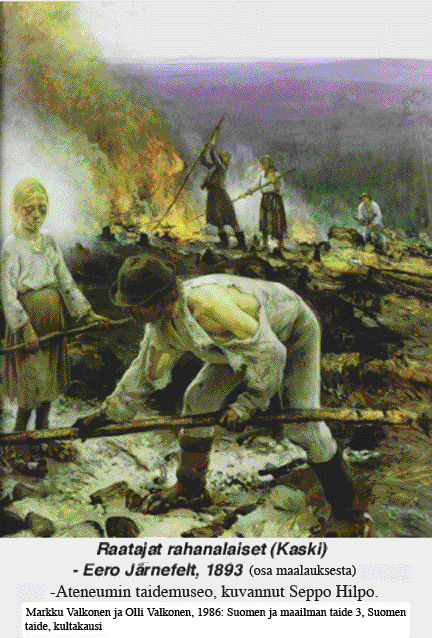Geoff
House Bee
- Joined
- Mar 16, 2009
- Messages
- 249
- Reaction score
- 0
- Location
- Shropshire, UK
- Hive Type
- Commercial
- Number of Hives
- 5
No I haven't been reading too much vegan propoganda. Something that is extreme in its views tends to put me off. I tend to listen to my wife who is a health visitor and who is quite well qualified on infant nutrition and also on the views of a nutritionist.
I think it is easier to get a balanced diet if you are vegetarian rather than a vegan, but you dont need to eat meat. Sometimes we have a meatless meal and now I dont miss it when we have such a meal.
I know that the Holstein is pretty rubbish for meat production but can they use the bull calves for veal? Recently on TV they have featured this pink veal where the calves are not kept in crates but kept in barns and slaughtered at about 6 months. I notice that one of our local farms is offering home produced rosiate veal. Also quite a few farmers are not using Holsteins. One is using friesians and another a French dairy breed.
How do they produce sexed semen?
My home area is going over to meat production. It used to be about the best part of the UK for dairy but there is just no money in it. Those farmers who are surviving are tending to go to beef. The wildlife depends on the livestock.
I think it is easier to get a balanced diet if you are vegetarian rather than a vegan, but you dont need to eat meat. Sometimes we have a meatless meal and now I dont miss it when we have such a meal.
I know that the Holstein is pretty rubbish for meat production but can they use the bull calves for veal? Recently on TV they have featured this pink veal where the calves are not kept in crates but kept in barns and slaughtered at about 6 months. I notice that one of our local farms is offering home produced rosiate veal. Also quite a few farmers are not using Holsteins. One is using friesians and another a French dairy breed.
How do they produce sexed semen?
My home area is going over to meat production. It used to be about the best part of the UK for dairy but there is just no money in it. Those farmers who are surviving are tending to go to beef. The wildlife depends on the livestock.




















































